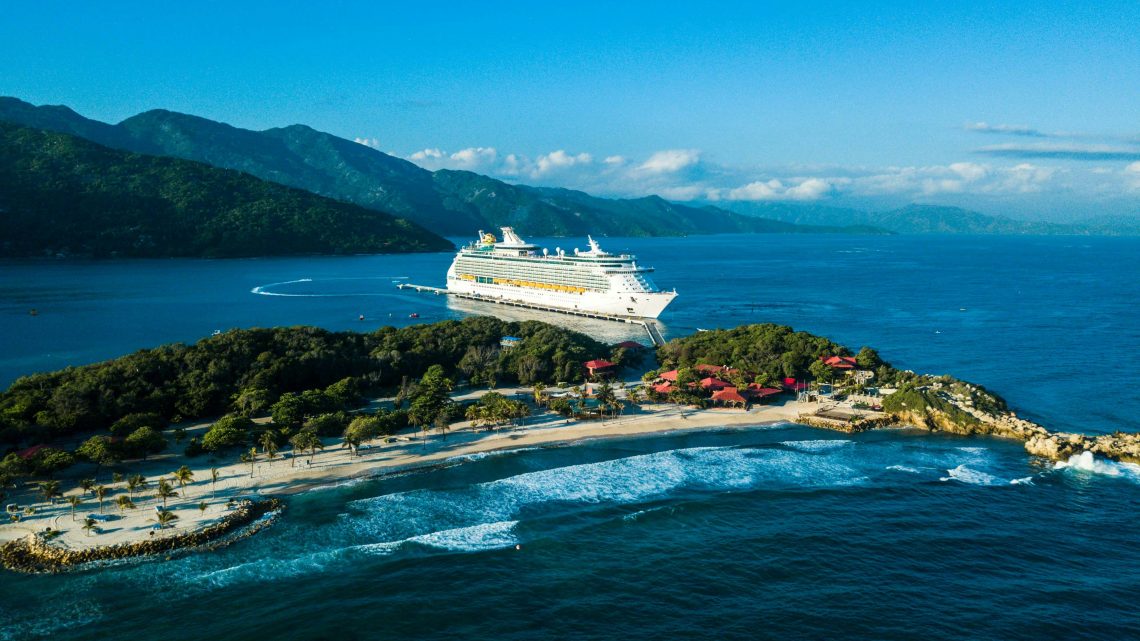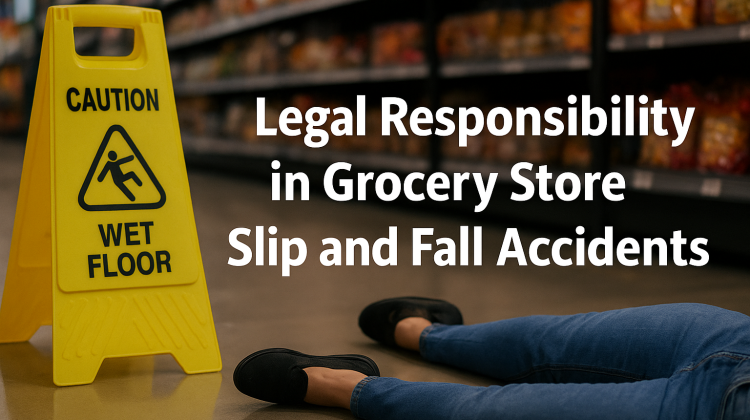Cruise vacations promise adventure, relaxation, and ocean views—but that doesn’t mean they’re risk-free. Every year, passengers experience slip-and-fall accidents, illness outbreaks, thefts, and even assaults while at sea. In some cases, emergencies like fires or missing persons lead to full-scale evacuations.
Being aware of cruise ship safety hazards and knowing what to do if something goes wrong is key to having a safe and enjoyable trip. If you’re injured at sea, knowing your rights is just as important as knowing where the lifeboats are.
Common Cruise Ship Safety Hazards to Be Aware Of
Whether you’re a first-time cruiser or a seasoned traveler, be mindful of these potential dangers:
- Slip-and-falls from wet pool decks, spilled drinks, or unstable railings
- Norovirus and foodborne illnesses that can spread quickly in close quarters
- Assault or harassment, sometimes involving other passengers or even crew members
- Medical emergencies, with ships having limited equipment and staff
- Shore excursion accidents, including vehicle crashes or activity-related injuries
- Theft of personal property, particularly in shared or high-traffic areas
- Missing persons, including passengers who fall overboard or disappear without explanation
Onboard Safety Tips During Your Cruise
1. Participate in the Muster Drill
All passengers are required to attend this safety drill at the start of the cruise. You’ll learn evacuation routes, how to use a life vest, and where to go in an emergency (i.e., assigned muster stations). Participating in this drill is a fundamental part of cruise ship safety.
2. Know the Ship’s Layout and Safety Zones
Familiarize yourself with the cruise ship’s layout. While you’re onboard, take some time to identify emergency exits, the location of the medical center, and where to find security personnel.
3. Be Cautious Around Railings, Pools, and Decks
Avoid leaning over railings or climbing barriers, as falling overboard can cause serious injury or fatality. Additionally, wear non-slip shoes, especially in pool and buffet areas, where wet floors and high traffic can occur.
4. Secure Valuables and Travel Smart
Keep valuables in your cabin safe when not in use and use the “do not disturb” sign as an extra precaution while you’re away. Don’t leave food or drinks unattended, and avoid walking alone at night. Use the buddy system when exploring unfamiliar parts of the ship or going ashore.
What to Do If Something Goes Wrong
1. Report the Incident Immediately
Notify staff or ship security right away. Request an official incident report and document the event as thoroughly as possible. Quick reporting ensures timely help and may strengthen any potential cruise ship safety claim should legal action be needed later.
2. Document Injuries and Conditions
Photograph any hazards and injuries, and collect witness contact information. Save receipts, forms, and any correspondence.
3. Seek Medical Help and Legal Advice
Visit the ship’s medical center for treatment and to ensure your condition is recorded. Once you’re back home, consider consulting with a maritime accident lawyer. U.S. maritime law differs from standard injury claims, and cruise contracts often limit your window to file a lawsuit (often within 6 months to 1 year) due to cruise line liability waivers.
Final Thoughts on Cruise Ship Safety
A cruise can be the trip of a lifetime — but it’s not without risk. Accidents can happen, so stay alert, follow safety guidelines, and don’t hesitate to act if something goes wrong. Just because you’re on vacation doesn’t mean your health, safety, and legal rights are.





No Comment